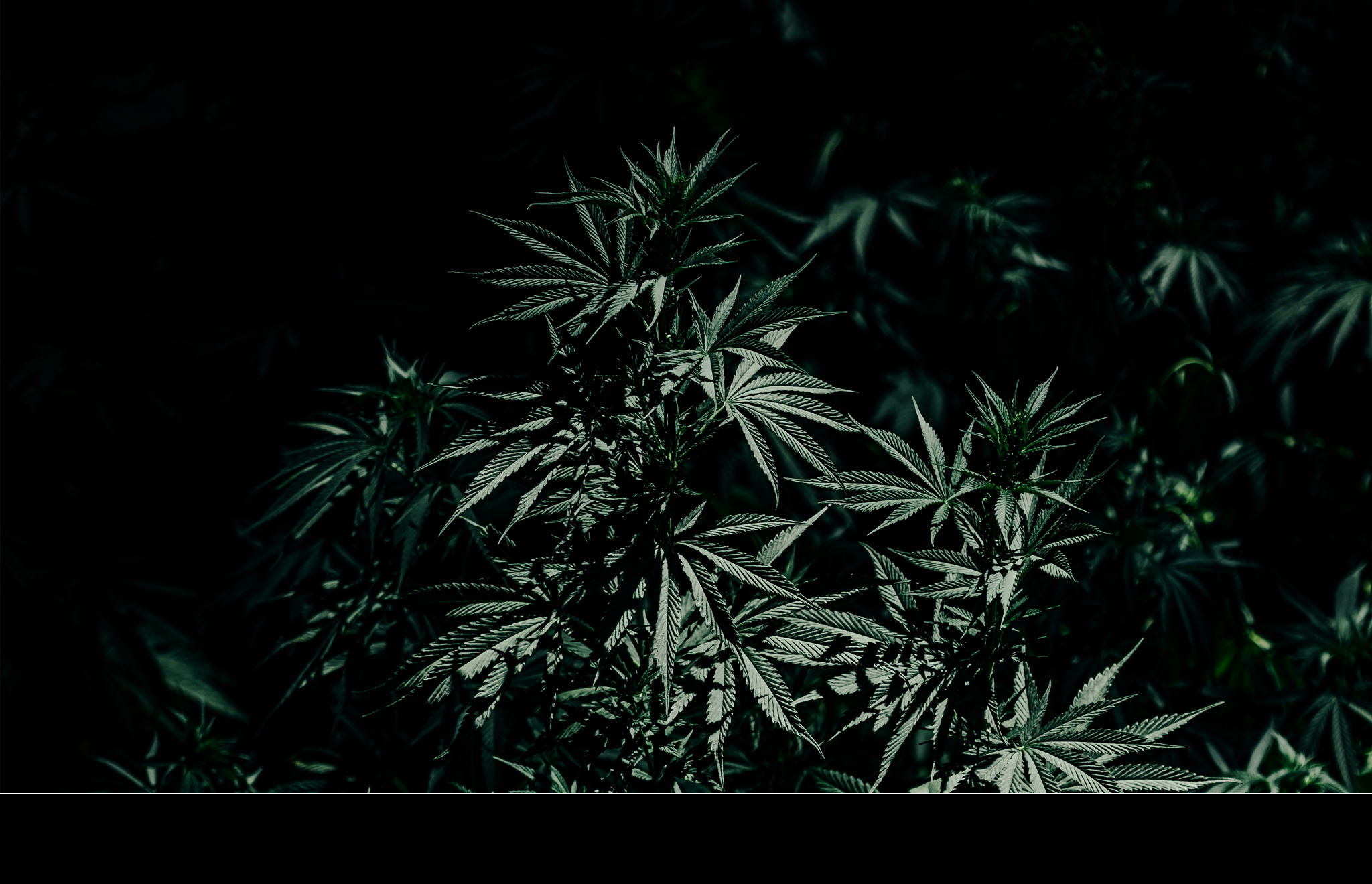Le cannabis marocain, du territoire au terroir
Les cahiers d’EMAM
Numéro “Le Nord du Maroc. Intégration, inégalités et résistances” coordonné par:
Nora Mareï
Aziz Iraki
Bénédicte Florin
n° 34 / 2022
Pierre-Arnaud Chouvy
Chargé de recherche au CNRS (Prodig)
CNRS Research Fellow (Prodig)
Résumé:
L’objectif de cet article consiste à préciser les concepts-clés de terroir et de variété de pays en les appliquant à la spécificité de la culture du cannabis et de la production de haschich dans le Rif (Maroc), en montrant notamment comment et pourquoi tant le terroir que la variété de pays sont issus du territoire autant qu’ils le caractérisent.
C’est la question de l’existence, du devenir et de la valorisation d’un terroir du cannabis, et plus particulièrement du haschich dans le Rif, que pose cet article en s’appuyant sur des définitions précises et opératoires des concepts de terroir et de variété de pays, considérés localement entre « tradition » et « modernité ».
Poser la question du terroir du cannabis au Maroc implique de considérer non seulement l’histoire marocaine du cannabis et de ses produits dérivés, mais aussi, par voie de conséquence, d’interroger les questions relatives à la tradition, à l’autochtonie (et à l’allochtonie), à l’authenticité, et enfin à la légitimité (et même à la légalité) : autant de concepts sans lesquels il est difficile d’aborder la question, controversée et même polémique, de la production de cannabis dans la région du Rif.
In fine, la définition d’un terroir du haschich ne doit pas seulement permettre de créer de la valeur ajoutée pour l’économie locale : c’est aussi la conservation et même la restauration d’une production agricole adaptée à son milieu physique et biologique et garante de l’équilibre et de la stabilité d’une région qu’elle doit permettre.
Mots-clés
Maroc, Rif, cannabis, haschich, terroir, variétés de pays
Abstract:
The objective of this article is to clarify the key concepts of terroir and landrace in the specific context of cannabis cultivation and hashish production in the Rif (Morocco), showing in particular how and why both terroir and landraces are both products and determinants of the territory.
Based on precise and operational definitions of the concepts of terroir and landrace, considered locally between “tradition” and “modernity”, this article questions both the current and future existence (and valorisation) of a cannabis terroir, and more specifically of a hashish terroir, in the Rif.
Raising the question of cannabis terroir in Morocco implies taking into account not only the Moroccan cannabis history, and that of its by-products, but also, as a consequence, addressing the issues of tradition, autochthony (and allochthony), authenticity, and legitimacy (and even legality). These concepts are key to understanding the controversial and even polemical issue of cannabis production in the Rif region.In the end, the definition of a hashish terroir is not only important in order to create added value for the local economy; it also matters for the conservation (and even the restoration) of an agricultural production that is suited to its physical and biological environment, which is key to the balance and stability of the region.
Keywords:
Morocco, Rif, cannabis, hashish, terroir, landraces

